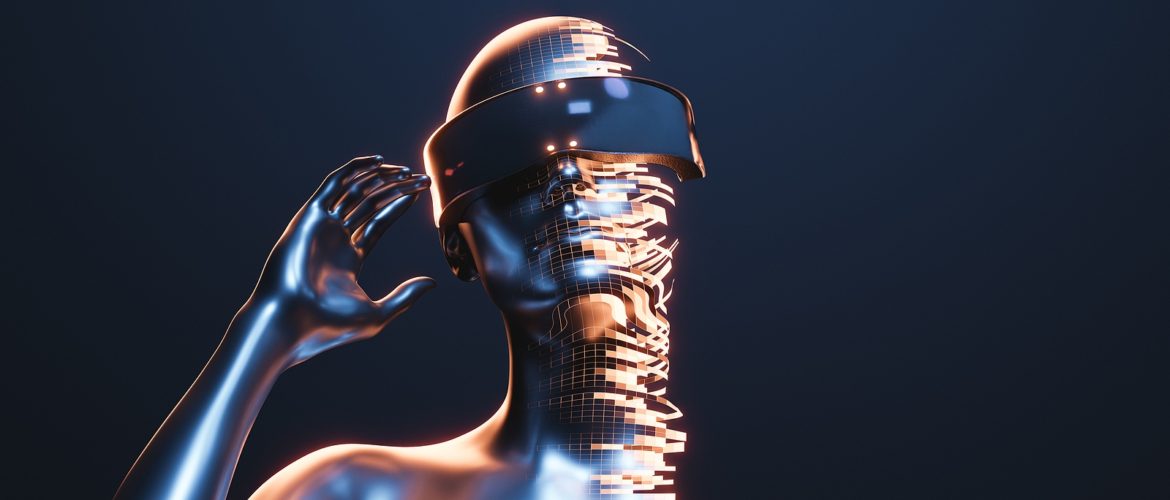Issue of AI-Generated Art: Can It Be Considered Plagiarism?

Artificial intelligence is not a thing that only exists in science fiction movies anymore. These days, AI technology has become available to anyone just at the tips of their fingers. Numerous websites allow you to have realistic conversations with bots, create digital artwork based on text prompts, and much more. It seems like neural networks can do pretty much anything — but are we ready for what that entails? AI-generated art has been at the forefront of online public discussion for some time now. People cannot decide whether images created with the use of artificial intelligence can be considered real art or whether they are just products of plagiarism. What are the bounds of art and creativity? Reviewing some of the popular opinions may help us understand this complex issue a bit better.
What is AI-generated art?
When someone talks about AI-generated art, they usually refer to the images produced by artificial intelligence tools. A neural network is trained on a significant number of artworks. This allows a person to feed the AI prompts in the form of text — a process not too unlike using a search engine — and receive an original piece in return. But how truly original is that AI-generated artwork? And how do we measure uniqueness and originality?
Mainly, there are two groups of people who hold two opposite opinions when it comes to discussing this question. Some believe that AI-generated art is a legitimate form of expression and that AI should be regarded as a tool or a medium. They often compare the process of art generating to the way the human brain works — both compile parts and bits of everything we see around us, all those things that inspire us to create unique pieces.
However, the people on the other side of the discourse are concerned with the issue of plagiarism. AI systems are usually based on images and artworks created by real humans who did not authorize the use of their property. This raises an issue of copyright: is it ethical to use parts of artwork created by someone else without their explicit permission?
The recent controversy around this subject shows us that we are entering a new era that poses new questions requiring modern solutions. It might be difficult to figure out what position is a rightful one since there are so many different sources covering this topic from various angles. It appears that the best thing to do for now is to listen to those directly involved in this issue — your fellow humans. After all, there would be no artificial intelligence without them.
